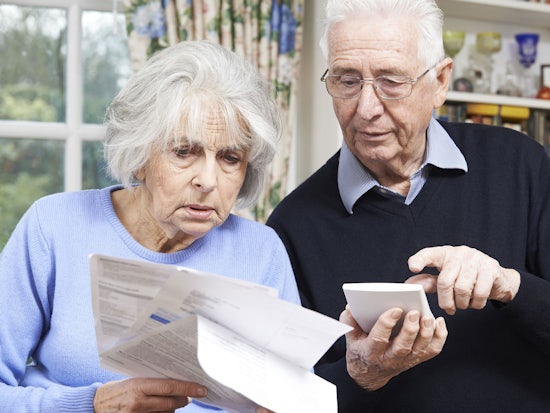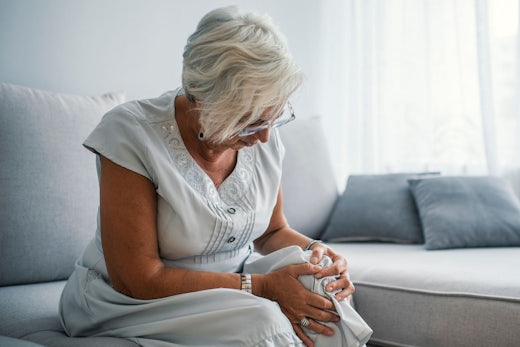Housing affordability: not just a young people’s problem
Homelessness is increasing among older Australians, and older people are among those most vulnerable to inflation in rental markets, according to a report released by COTA Australia.

The gap between rental costs and income support is growing (source: shutterstock)
The annual Anglicare Australian Rental Affordability Snapshot found that single older renters on Newstart, Disability support, or Aged Pension are increasingly struggling to find suitable housing.
COTA Australia have called on the government to recognise the importance of safe, secure housing for all Australians in the next budget, rather than focussing on property ownership.
“People are being forced to make choices between paying their rent, buying groceries and accessing crucial medical supplies,” says COTA Chief Executive Ian Yates, going on to call the situation “unacceptable in modern Australia.”
Only 0.03 percent of properties nationally are now affordable for a single person on Newstart, a significant drop from 0.1 percent in 2016. For those on Disablity support or Aged Pension, the situation is even worse, with the percentages of affordable properties at 0.86 and 1.62 respectively.
A Report released in March by Housing for the Aged Action Group, put the number of people in the Adelaide metropolitan region who are 65 and over and paying more than 30 percent of their income in rent, at almost 5,000.
“The gap between rental costs and income support is growing,” says Yates, “and it is becoming harder and harder for older people to maintain even a basic standard of living.”
Increasing rent is also driving up the rates of homelessness among older Australians, with 14 percent of homeless people in South Australia elderly, an increase of 20 percent since 2006, according to Homelessness Australia.
Aged and Community Services Australia has identified housing as a “policy priority area.” Darren Mathewson, ACSA Acting CEO says it is “concerning” to see more and more older people “living in non-stable and unaffordable private rental housing – in particular the increasing numbers of older women.”
Mathewson argues that secure and affordable housing is required for in-home aged care, and that affordable retirement housing benefits the government and community by reducing admissions to hospital and premature residential aged care.
“The issue of providing secure and affordable housing for older Australians […] is a challenge we must meet,” he says.
However with reports that Turnbull’s government will scrap a national affordable housing scheme in the next budget, leading aged care experts are calling on the government to take housing for the elderly seriously next week.
“We cannot address this crisis without taking rental affordability seriously,” says Ian Yates. “The upcoming budget is a great opportunity to tackle the issue head-on.”











![The new Aged Care Act exposure draft is slated for release in December of 2023, but advocates hope to see it rolled out on January 1, 2024. [Source: Shutterstock]](https://agedcareguide-assets.imgix.net/news/articles/wp/agedcareact__0811.jpg?fm=pjpg&w=520&format=auto&q=65)












Comments